I was recently interviewed by James Ru for his new book Perma Artist which is a compilation of conversations with eco-artists, land artists, and artists concerned about the environment. Here is our interview about cob homes:
1. Why is it called cob? I see you use corn cobs in some of the construction, but not all.
The word “cob” is derived from the UK where the material has been used for centuries. A cob is basically a chunk or a handful of the material, which is made out of earth, clay, sand, straw, and water that is pliable and can be hand-sculpted into buildings.
Disappointingly to many people, cob has nothing to do with corn cobs. J
2. The houses are so beautiful and they have such a warm feeling to them. It would seem everyone will want one of these. Do you see interest in these houses increasing?
Yes, I definitely see interest in cob houses rising in the future. They are not only beautiful and warm. They are very economical and eco-friendly. You can build a very nice cob home for a fraction of the cost for a conventional stud-frame home. Very comfortable cob homes can easily be built in the range of $500 to $50,000.
3. I sometimes read the New York Times magazine and see ads in there for these very austere glass and steel apartments that cost millions of dollars. This seems to be in direct contrast to what you’re doing.
Yes, that is the complete opposite of what cob and natural building is about. For a home like that, you are either going to have to be rich or get into a lot of debt to purchase it. As long as you owe money on your home, I see homes as nothing but a giant liability.
Cob homes are very affordable. You don’t need to take out a loan or have a mortgage. You can live in a beautiful hand-crafted home and be debt-free. The borrower is a servant to the lender. As long as you are full of debt you will never truly be free and happy.
What do you think about that? Can people who want that kind of hyper industrial urban housing live on the same planet as the people who want cob housing?
They can still co-exist with everyone else on the planet, but they will be making a choice to live a certain lifestyle. It’s a rat-race lifestyle. People who decide to live in cob homes and other natural, affordable homes will be living further outside of city centers and will be able to live a much healthier lifestyle.
5. Do you think the trends towards using organic recycled materials by artists and architects, etc., could prevent an economic collapse and solve the current climate crisis?
I personally think the economic crisis is beyond the point of repair and it is just a matter of time before the props, which are holding the economy afloat right now, will be pulled out from under us.
I do not see cob and natural building as a solution to the economic collapse, but I see it as a solution for housing after the collapse has taken place. At this point, people will not have much choice but to use the resources naturally available to them and locally sourced.
As for the climate crisis, I don’t see any quick fixes. Natural building can play a part but it might take a hundred years or more to really clean anything up.
6. I’ve been interested in permaculture and the use of new technologies, sciences, art and community to create new forms of housing, gardening and etc.. You say in the videos that these houses are not primitive huts. Is there a limit to the amount of industrial technology used in these houses, or is the intent to simply keep it as eco-friendly as possible?
You can have all the same amenities and luxuries in a cob home as you could in any other type of conventional home. It all depends on what you want and how much money you want to spend.
7. Are there a lot of problems with current housing codes to build these houses? What has been the response to these houses from communities?
There are no building codes in place for cob homes. They are not illegal to build, but they are very difficult to build in code-heavy areas. Code approval and permitting is a very expensive process that goes contrary to cob building’s economical approach.
You will have a much better chance of building a cob home in a rural, code-free area. In North America you will have a near impossible time trying to build one in a city.
8. What’s inspiring you?
I’m inspired by all of the other cob builders and natural builders who are pushing boundaries. We have real solutions to real problems, and we’re really trying to get these ideas to the mainstream. It’s a real fight against the established system.
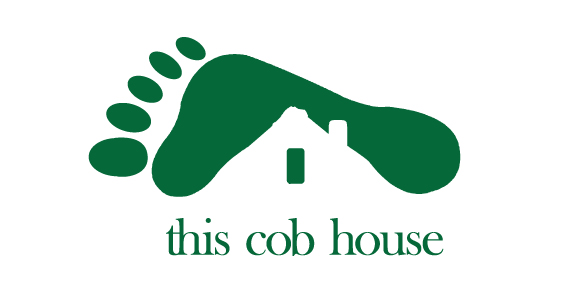
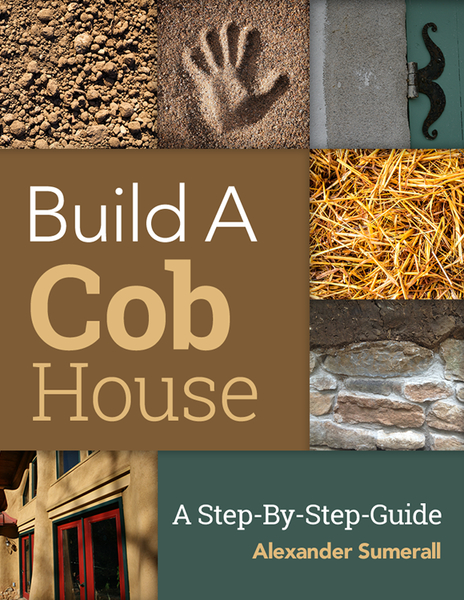

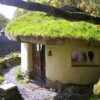
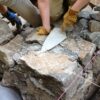
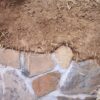

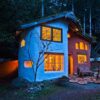
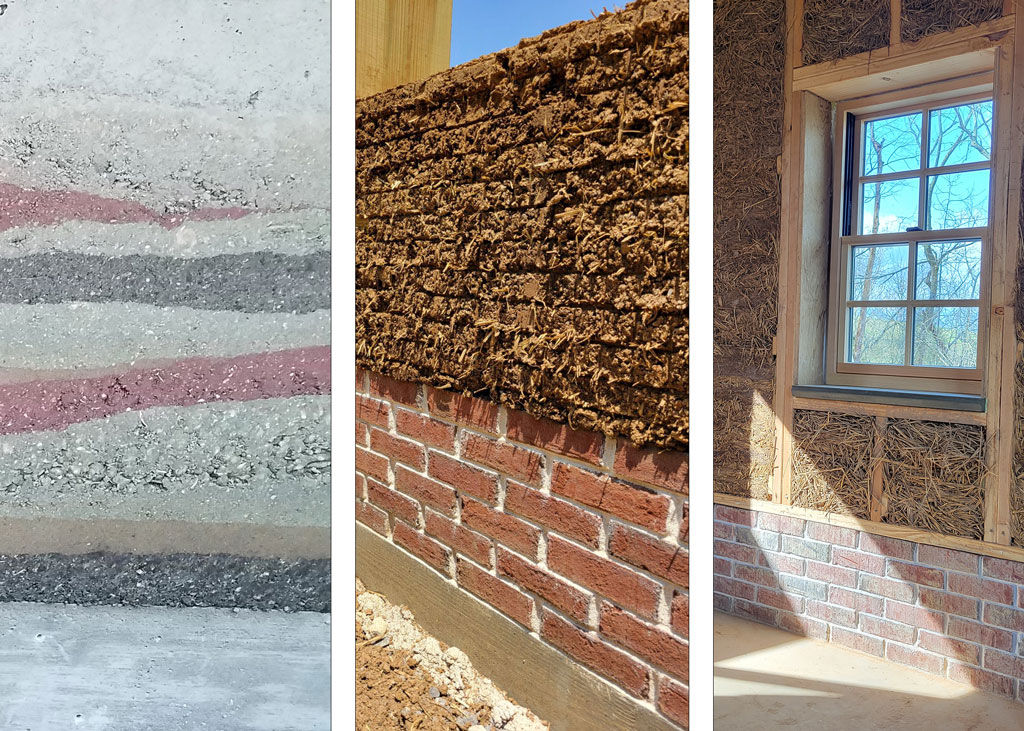

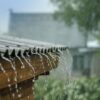

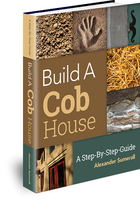
How do you know termites won’t get into the timber framework that are used to build the cob? Do you know a good cob architech in the midwest?
use cocanut, bamboo, or eucalyptus woods, termites don’t like these woods.